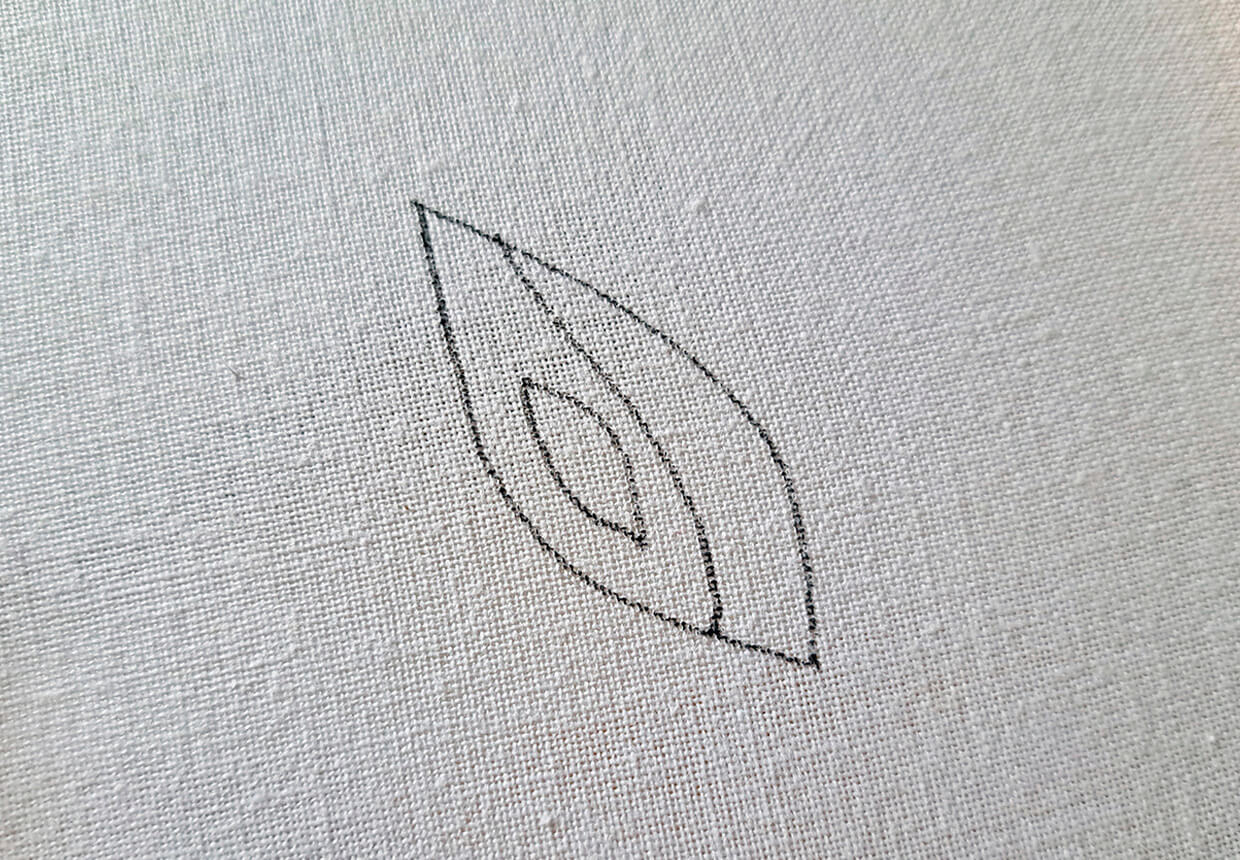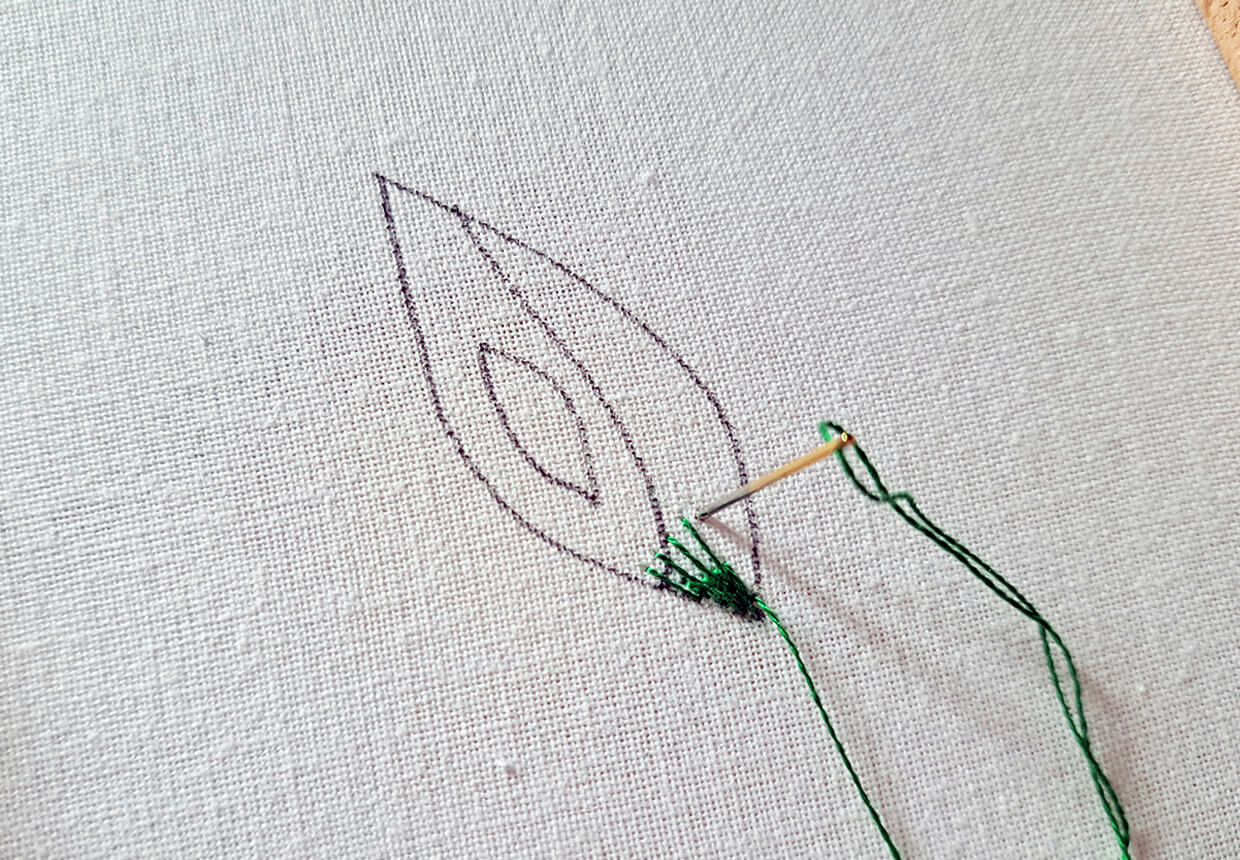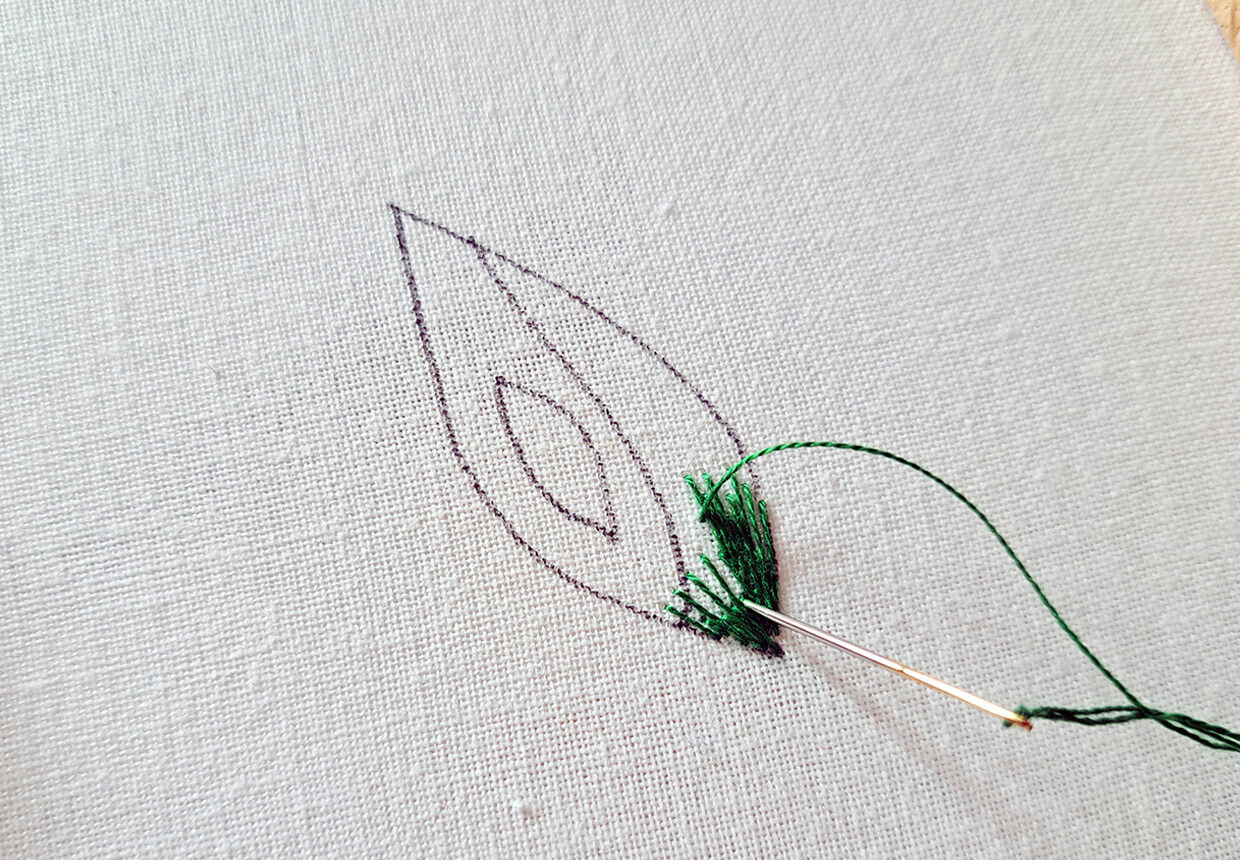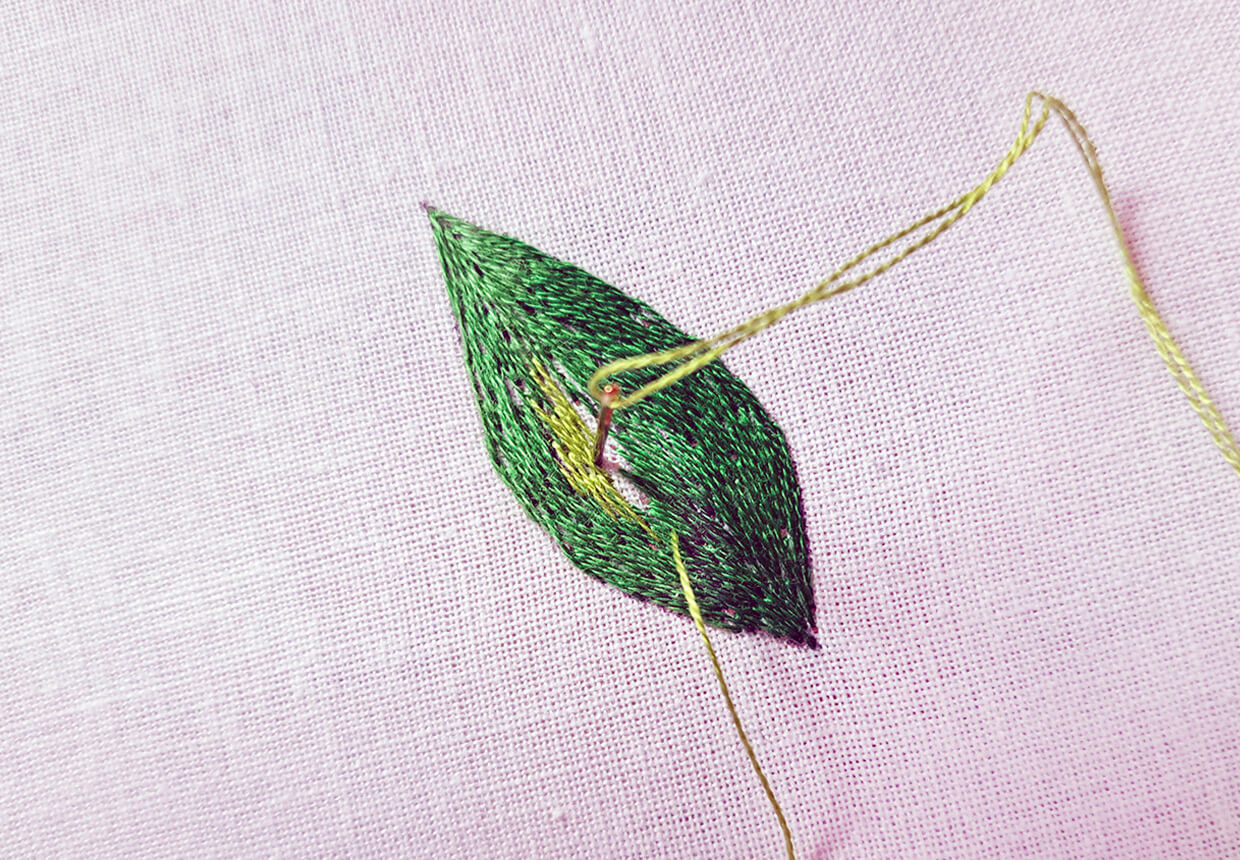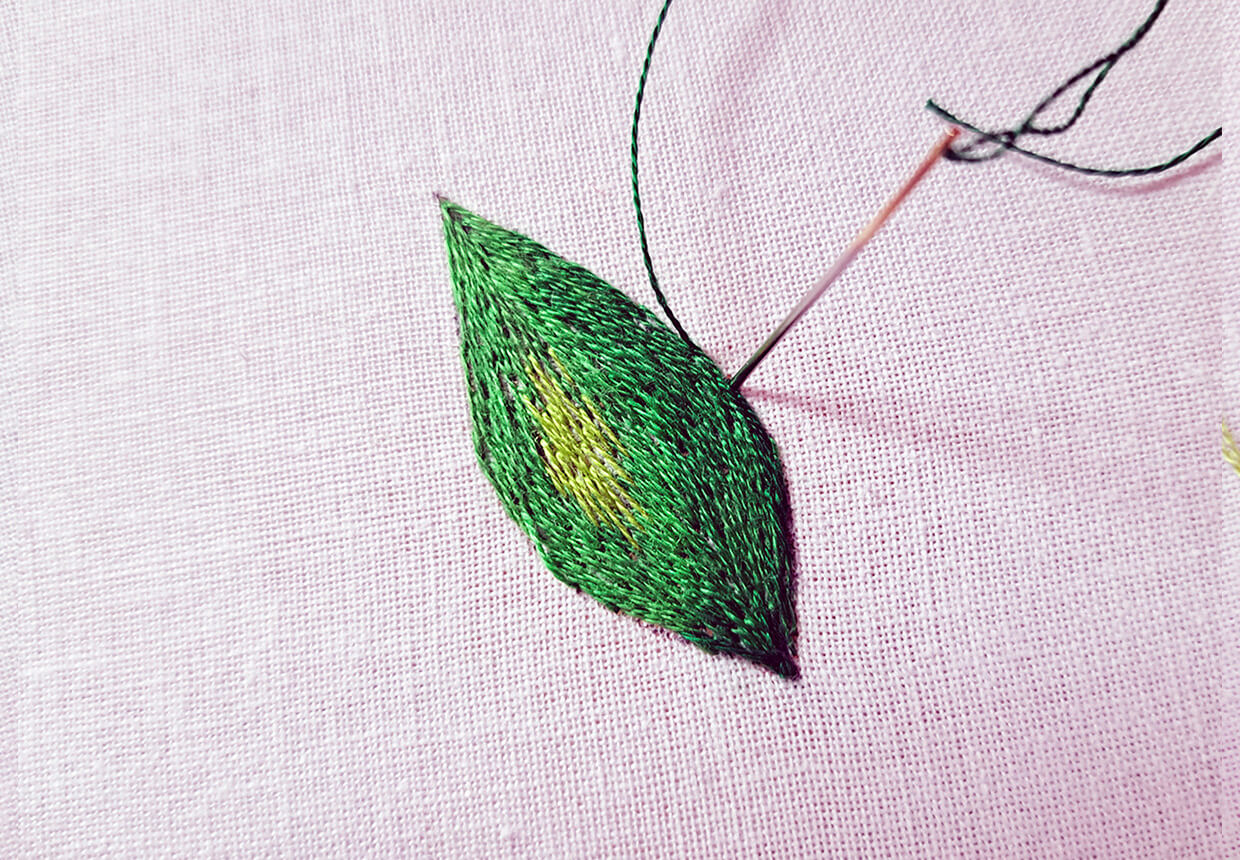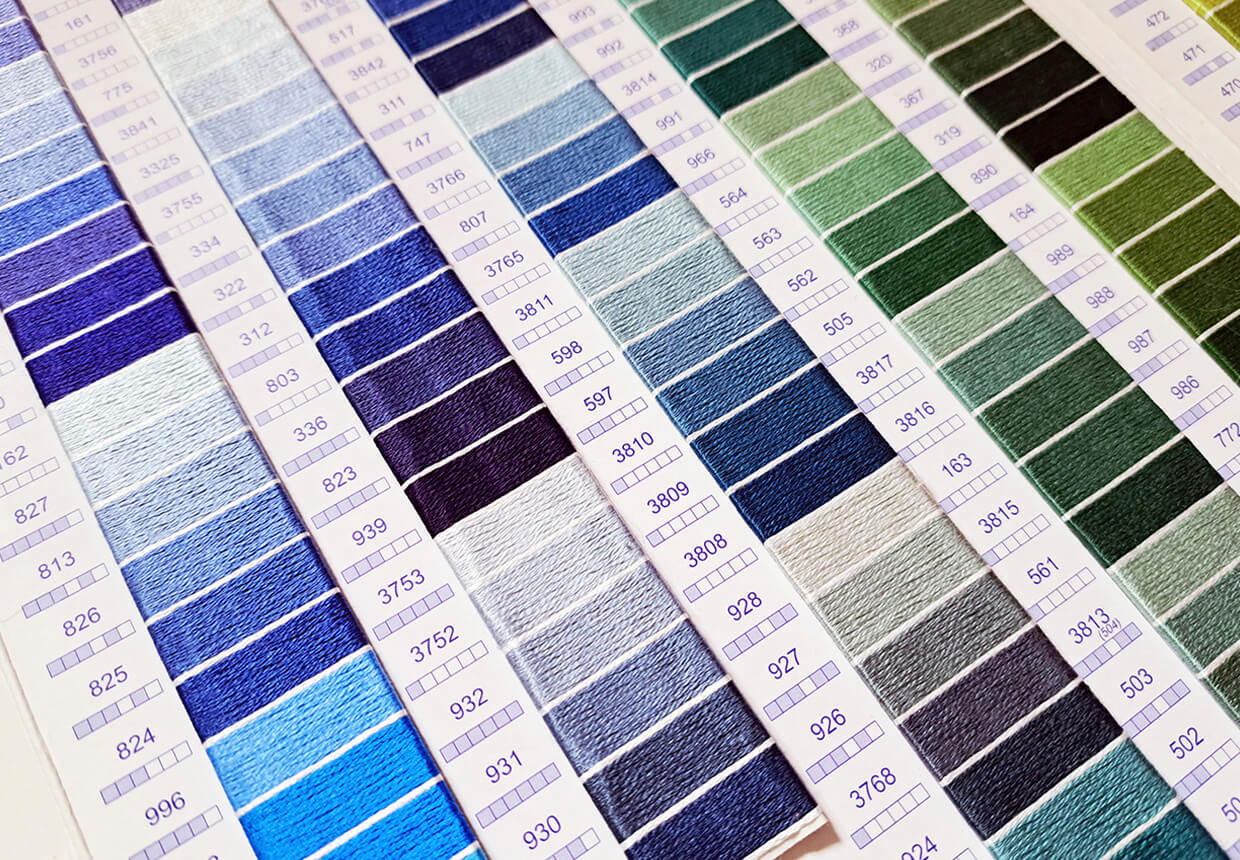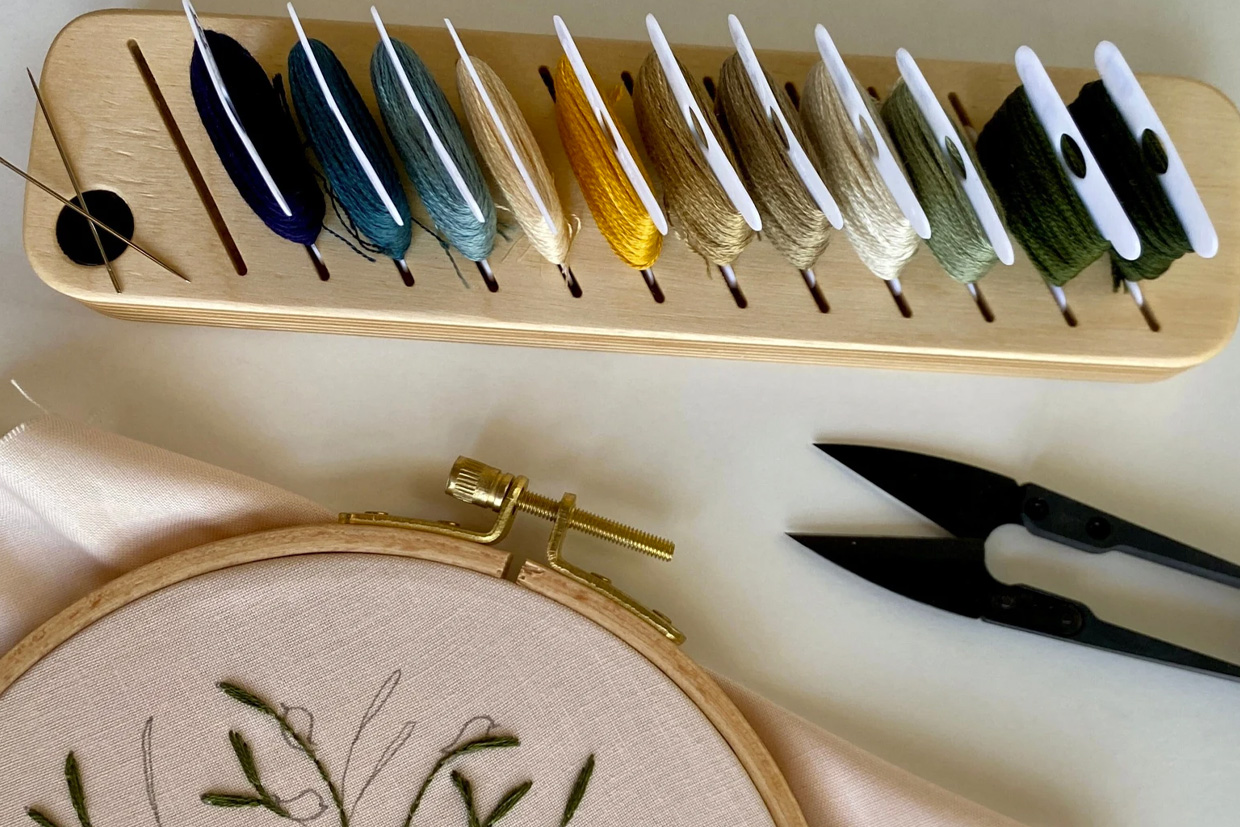Do you want to stitch beautiful, detailed works of art? Thread painting is the stitching technique that will help you do just that!
Whether you want to seamlessly blend colours or produce hyper-realistic shading, thread painting is the surprisingly simple way to achieve these effects.
Stick with us and we’ll explain everything you need to know to level up your embroidery game with thread painting. We'll walk you through a thread painting tutorial and you'll create a beautiful leaf with us.
Main image: Thread-painted butterfly by Emillie Ferris from Love Embroidery issue 3. Get your digital copy now.
Beginner's guide to thread painting
What is thread painting?
Thread painting is a hand embroidery technique that uses stranded embroidery thread to create a subtle transition between two or more shades of thread.
Also known as ‘needle painting’ or ‘silk shading’, thread painting is a method of stitching that allows you to create designs that have an appearance closer to a painting than to a piece of embroidery.
The technique allows you to transition smoothly between colours and add subtle light and shade to your chosen design, which will make it look more realistic and three-dimensional.

Types of stitches used in Thread Painting
Long and Short Stitch – Thread painting is done predominantly using Long and Short Stitch, as it’s great for producing a smooth transition between two colours across a given area.
The name ‘Long and Short Stitch’ is so called because the first row is worked using stitches in alternating long and short lengths.
All subsequent stitches are worked using long stitches. By staggering the edge of the first row, you prevent clearly defined lines from appearing in your stitches.
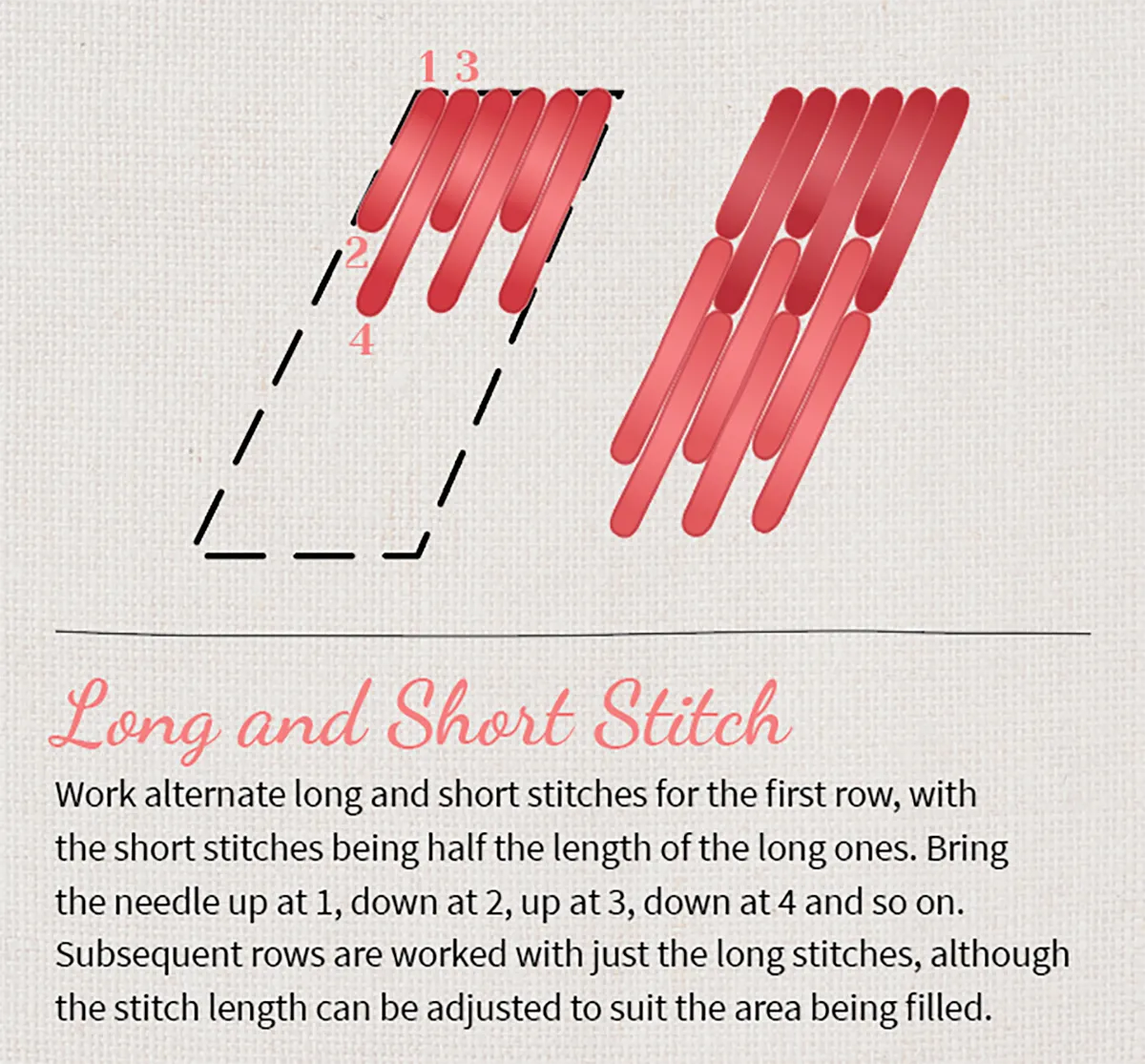
Other stitches that can be used for thread painting
Straight Stitch – For creating straight lines. Also great for layering over your Long and Short Stitch to add texture or additional shading, depending on the effect you desire.
Satin Stitch – Ideal for working a solid block in a single colour.
French Knot – This is a great stitch for adding small dots to a design.
Backstitch, Split Stitch, and Stem Stitch – Great for working curved lines and outlining areas.
